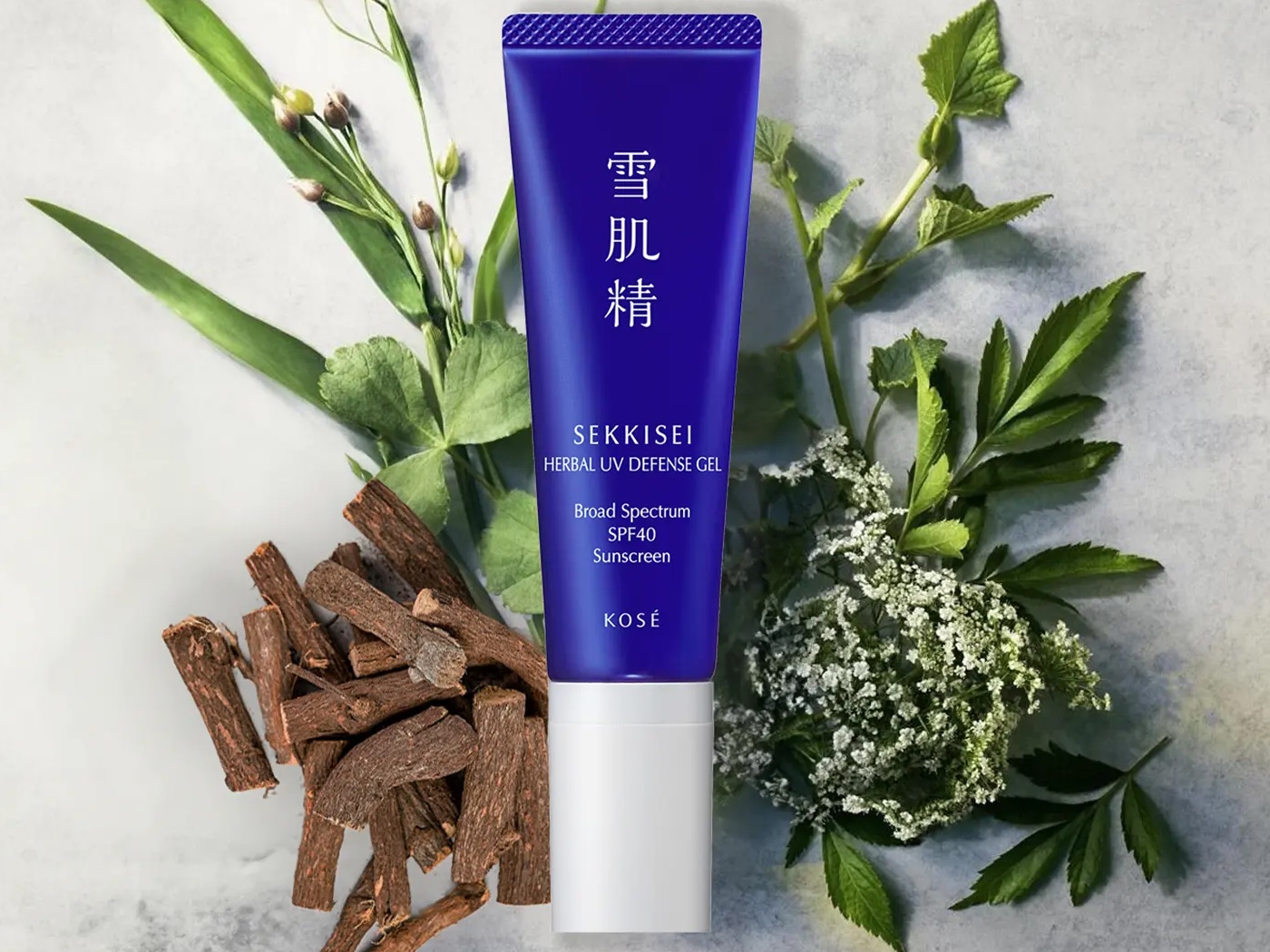For a company that continues to increase public recognition of the brand, Make Up For Ever has created a huge, colorful and artistic thumbprint—but still has a ways to go.
Conceived in 1984 by Dany Sanz, an artist and sculptor, the cosmetic line consisted of 100 eye shadows and was primarily created for the professional makeup artist and theatrical performer. That same year they also opened their first boutique in Paris. This year they celebrate their 30th anniversary.
“The brand is like a sleeping beauty,” said Nicolas Cordier, who has been the company’s global CEO for the past decade. “It was created with heart and soul and instinct, but it was not marketed properly to the public. It was to the professional, but not to the consumer.”
Even with low brand acknowledgment Make Up For Ever has accomplished more than most companies with a household name. By the 90’s the brand created a cult following in the UK and could be found in the States at Barneys New York and Saks Fifth Avenue, among other professional retailers. Sephora came on board in 1996 offering shelf placement, and eventually offering 1,400 skus to the public. The huge success of their waterproof Aqua collection put the brand on the radar of multinationals, and in 1999 LVMH purchased the brand. Subsequently more stores began to open and Make Up For Ever Academies, focused on combining practice with theory, opened in Paris, then New York. Their HD line, released in 2008, became larger and more popular than anyone excepted. Today the brand sells $1 million HD products per month including their serum, primer and cosmetics.
“The professional and the public are very different consumers. Though they want different products, they both want them to work and to offer special effects. Ladies need the product to be beautiful. The pros need the product to be more technical and offer extreme results,” Dany explained, who still resides as artistic director. “The two lines that brought both groups together were the waterproof products and our high definition.”
Engaging the interest of the professional and the regular customer has always been the goal and the most difficult aspect for the company to achieve.
“Brand awareness is still low, but the loyalty of those who know us is very strong,” Nicolas said. “Sephora really understood and respected the brand. They recognized our potential, helped us shorten the product messaging and to make it more simple and understandable to the public.”
Today more than 350 Sephora stores sell Make Up For Ever, as do an additional 446 Sephora stores that reside in JC Penney. There are also more than 40 freestanding Make Up For Ever boutiques globally.
Circling back to their colorful roots and in celebration of their triple decade presence, the company just released 210 Artist Shadows. Three years in the making, the eye shadow formula is based on Pigment Atomization Technology – which delivers up to 88% concentrated pigment, said to be the highest on the market, and Water-Blend Technology. Shades consist of matte, satin, metal, iridescent and diamond finishes. Their color wheel is so extensive it might make NARS green with envy.



